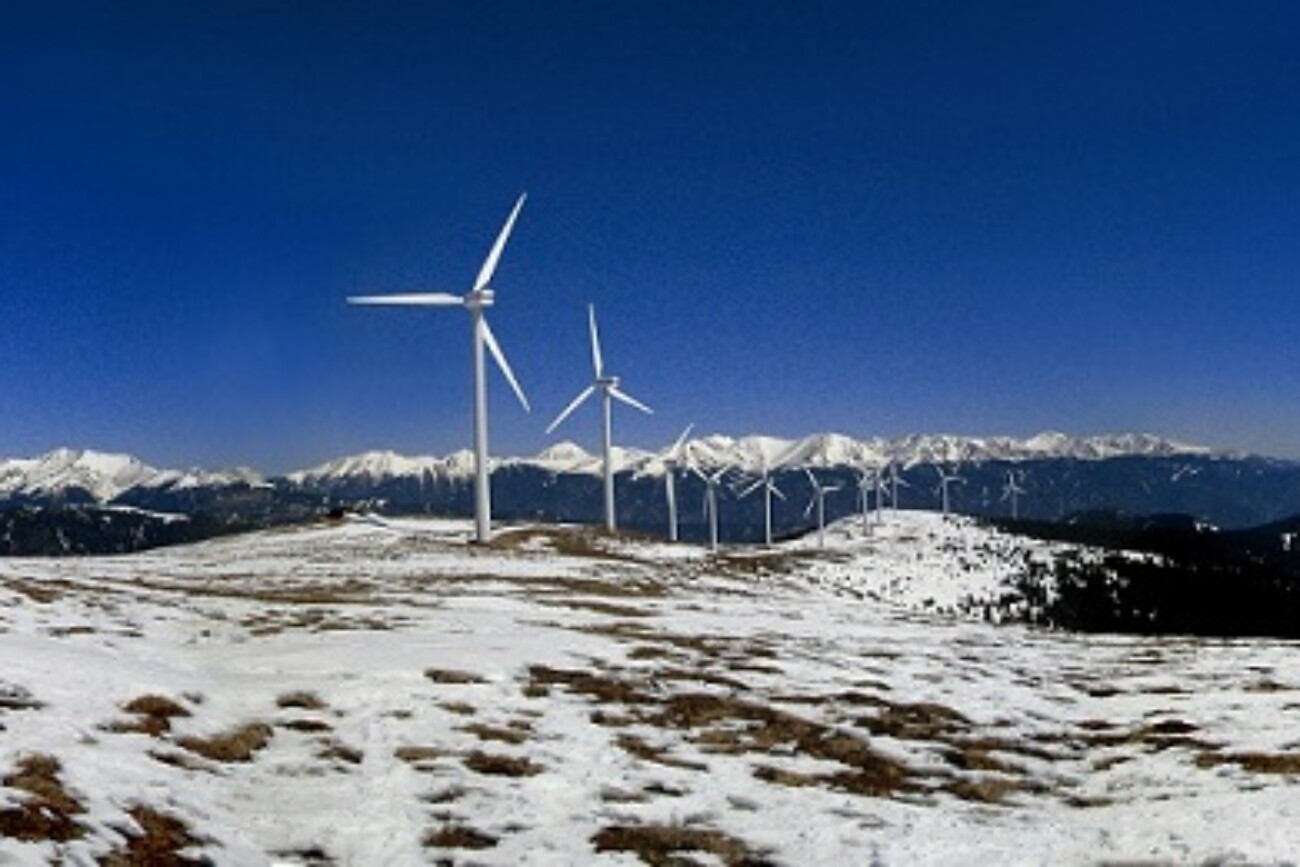Wind Energy in Austria
2022 wind energy numbers
Austria has set ambitious renewable energy and climate protection targets, reaching 100% electricity generation from renewables by 2030.
The year 2022 marked a slightly increasing expansion of wind power. Austrian wind power increased by 315 MW. Many of the projects are still part of a queue caused by inadequate support scheme conditions in recent years and lengthy approvals. Since winter 2022 the new support scheme EAG (Erneuerbaren-Ausbau-Gesetz) is in place. The first wind power plant subsidized by this scheme will be erected earliest next year.
To read more about Austria’s wind energy sector in 2021, read their chapter in the 2022 Annual Report.
National Targets
The Austrian scheme to support the production of renewable energy (EAG), approved by the European Commission in 2022, should provide the framework for reaching Austria’s goal of 100 % renewable electricity in 2030. Currently (2021 last available figure) Austria provides around 76 % of its electricity production by renewable energy. Furthermore, the ambition is to make Austria climate-neutral by 2040. As a step forward there are concrete targets implemented, such as additional 10 TWh of wind power, 11 TWh PV or 5 TWh of hydro power by 2030. By contrast the year 2020 marked a further decline in the expansion of wind power and 2021 caused just a moderate expansion of wind power of 298 MW and a little bit more in 2022 with 315 MW. One of the reasons is the long development and notification of the new support scheme (EAG). Since the end of 2022 the EAG is fully implemented. Unfortunately, the big desolations of the electricity market and the prolonged troubles with the supply chain caused a suboptimal functionality of the subsidy system, which must be corrected soon. At the moment only 1/3 of the tender volumes are awarded. 450 MW of wind power are fully approved and waiting for subsidy conditions that make the installation possible.
Progress & Operational Details
In 2022 a steady increasing expansion of wind power was reached and will be expected for the upcoming years of 2030. The prerequisite for this is the improvement of the framework conditions. The goal of the current Austrian government envisages an annual expansion of 400 MW of wind power, although this goal has to lift to at least 500 MW of wind power per year. In total Austria’s wind power production was able to generate around 8,2 billion kWh and 11% of the national electricity consumption. [1]
Regarding market development, the Austrian market was dominated by Vestas, which was responsible for 54% of the added capacity. The second biggest wind power manufacturer was Enercon with a share of 45%. The overall market share is divided among mature players like Enercon with 55,7%, Vestas with 29,8%, GE 5,1%, and the remaining stock of Senvion with 7,8%. The scientific study ”Stromzukunft Österreich 2030” quantifies the total investment costs as 1,350 to 1,570 EUR/ kW (1,516 to 1,763 USD/kW) and the O&M costs as 36 to 40 EUR/kW (40 to 45 USD/kW) per year. [4] The big desolations of the electricity market and the prolonged troubles with the supply chain are not priced in these figures. It’s obvious that these impacts have changed the whole prize situation.
National RDD Priorities and Budget
Many research projects are also supported by public funds. In the last twelve years, according to surveys by the Austrian Energy Agency, the average amount of wind research funding from the public sector was 1.15 million euros per year; in the last two years the funding average has doubled (2.3 million euros). As the corporate structure in this area is characterised particularly strongly by the supplier industry for wind turbine components for wind turbines, R&D expenditure here tends to be underestimated. Many material and component developments are not categorised as energy research, although they are then used – in some cases predominantly categorised as energy research – in wind power plants (materials for blades, generators, etc.) Austrian wind companies’ innovations have had an influence on the wind industry both in their own country, and worldwide. They contribute to improving the efficiency and reliability of wind turbines and enable the implementation of the global energy transition.
